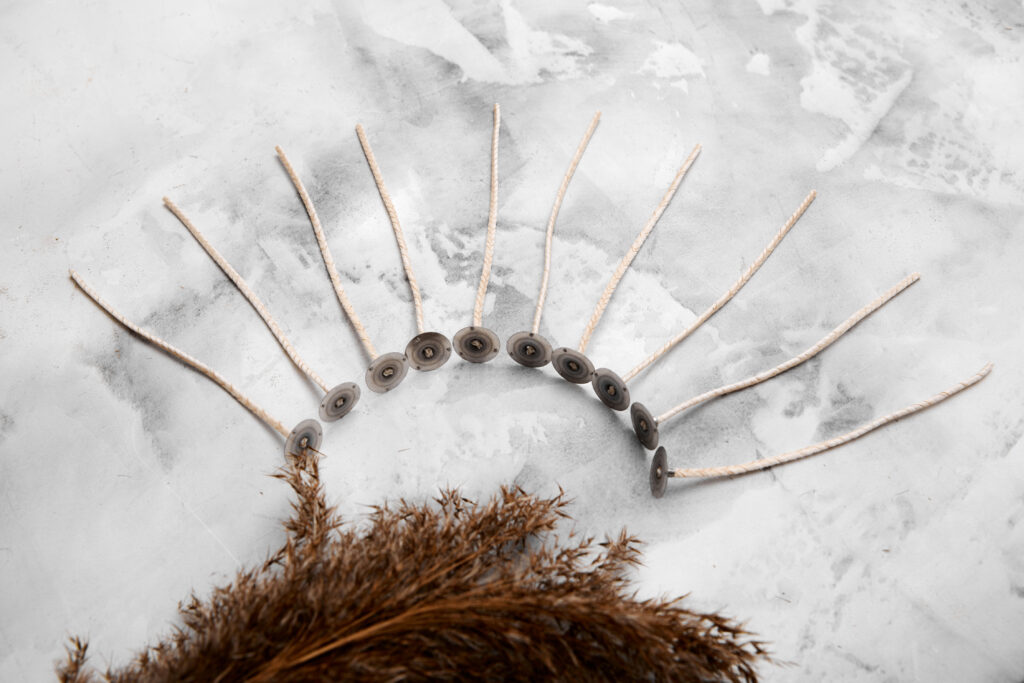How to choose a candle wick?
Choosing the right wick for a candle is one of the most important steps in making a candle. The wick plays a key role in the even burning of a candle, as well as in its duration and quality.
In this article, we will look at some important factors to consider when choosing a candle wick.
Candle size
The first step in choosing a wick is to determine the size of the candle. Larger candles require a thicker wick to ensure good burning and prevent smoke from escaping. For small candles, a thinner wick can be used.
Wax type
The type of wax also matters when choosing a wick. For example, natural cotton wicks should be used for soy wax candles, as they burn better with soy wax. Linen wicks can be used for beeswax candles.
Wick diameter
The diameter of the wick is also important for the correct burning of the candle. If the wick is too thin, it may not be able to handle the melted wax and cause burning problems. If the wick is too thick, then it can cause excessive smoke to escape.
To select the correct wick diameter, the size of the candle and the type of wax must be taken into account.
Wick shape
The shape of the wick can also affect how the candle burns. For example, a wick with a flat surface may provide better combustion than a wick with a round section.
Size and number of threads
The size and number of filaments of the wick are also important for the proper burning of the candle. Too many filaments can cause excessive smoke to come out, and not enough filaments can cause uneven burning.
It is important to choose a wick that matches the size of the candle and the type of wax to ensure that the candle burns evenly and safely. If necessary, you can use a test copy of the candle to determine the optimal wick.
How to test the wick for your candle?
Step 1: Make a Candle
The first step for testing a wick is making a candle. To do this, you need to choose the type of wax, additives, and flavors. The wick must then be selected based on the type of wax, the size of the candle, and the desired burning time.
Step 2: Prepare materials
Before testing the wick, it is necessary to prepare materials. To do this, you will need a piece of wick about 10 cm long, scissors, and a pencil.
Step 3: Attach the wick to the pencil
Once you have chosen the right wick, attach it to a pencil or other suitable stick. Place the wick on the candle so that it is in the center.
Step 4: Light a Candle
Light a candle and watch it burn. Evaluate how quickly the candle burns and how much smoke it gives off. Observe what size the flame is and what shape the flame is.
Step 5: Evaluate the results
Evaluate the test results of the wick. If the flame is too large and produces a lot of smoke, then the wick is too thick and a thinner wick should be selected. If the flame is too small, then the wick is too thin and a thicker wick must be selected.
Step 6: Retest as needed
Repeat testing with other wicks as needed to determine the best wick for your candle.

